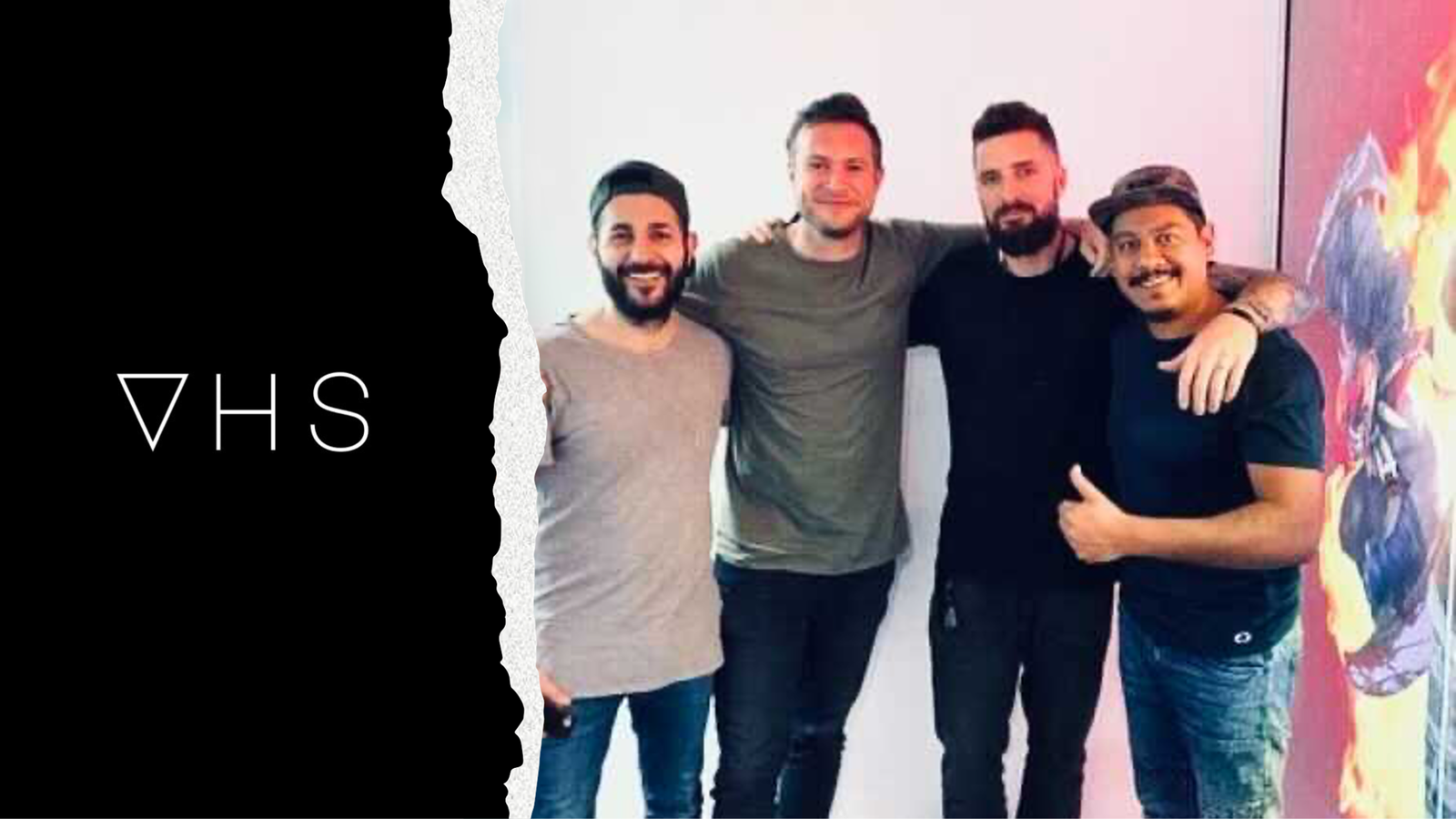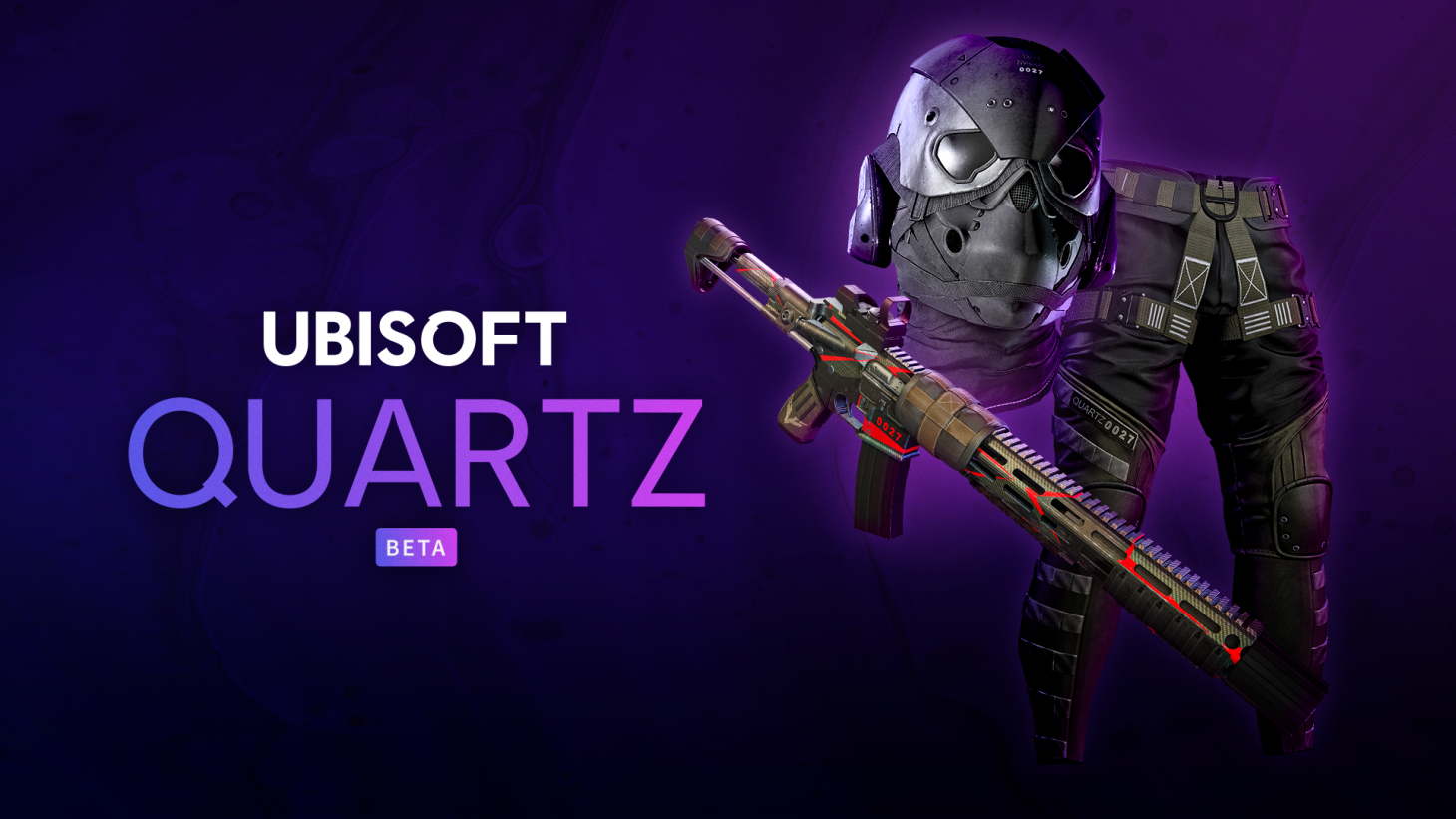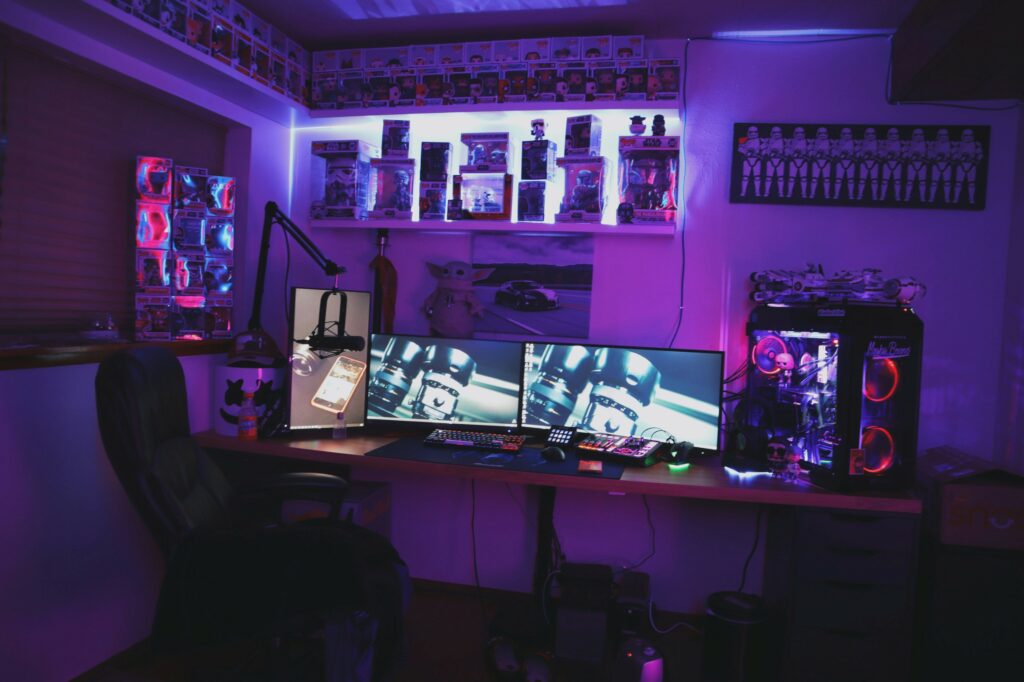Hi everyone. We've recently received significant interest in our consulting services around blockchain games, which is awesome and appreciated! In order to keep up with rising demand, we're looking for more consulting talent at the intersection of crypto and games. If you're into tokenomics, economy design, and want to work on exciting projects with emerging players in the space, please reach out. We're flexible in terms of timezones and hours worked, too.
And, of course, if you're interested in our consulting services — no matter what you're working on — don't hesitate to learn more and contact us either.
Naavik Exclusive: Crypto Corner — Episodes #4 + #5
-
In the 4th installment of Crypto Corner, Lars Doucet, Ryan Foo and Miko Matsumura join Nico to discuss the sustainability of Play-to-Earn Economies
-
In the 5th installment of Crypto Corner, Ryan Foo and Oweh Soh join Nico to dive deep into the Wolf Game phenomenon.
As always, you can find us on Spotify, Apple Podcasts, Google Podcasts, our website, or anywhere else you listen to podcasts. Also, remember to shoot us any questions here.
#1: A Peek at Our Zed Run Deconstruction
Source: Zed Run
This blurb is pulled from our complete ZED RUN deconstruction that’s publishing tomorrow in our premium research portal. If you’d like to read the full 15,000 word essay — as well as get access to our growing library of market updates and deconstructions — make sure to sign up here.
Horse racing is a multi-billion dollar industry in the physical world, and it turns out that the same enthusiasm is trickling into the digital world, too. ZED RUN, the core project of Virtually Human Studios (VHS) and a top-10 blockchain game in terms of transaction volume, is leading the charge.
The game is the brain child of Rob Salha and Chris Laurent out of Sydney, Australia. They were inspired by the excitement and energy of horse racing but wanted to democratize the sport and enable spectators to participate rather than just watch. Thus, a digital platform with horse NFTs was born. Now, anyone can trade, race, breed, and cheer on their digital horses on digital race tracks for crypto winnings.
(From left to right) Rob Salha (COO), Geoff Wellman (CTO), Chris Ebeling (Creative Director) and Chris Laurent (CEO) | Source: Zed Run Community
The ZED RUN platform launched in early 2019 and sold a total of 4,450 racehorses that year (for a total value of ~$150k), and with some seed funding the founders were able to hire a full team. In 2020, a year marked largely by product development, the team was able to launch some of the core features we see today — most notably live, 3D races (previously races were calculated and reported without any animation). After a quiet few quarters of building, interest picked up in mid-2020.
2021, on the other hand, revealed much more forward momentum. ZED RUN secured a few major brand partnerships — including ATARI, Stella Artois, and NASCAR — and experienced some high-profile horse purchases, including one for $158k. The New York times even covered them.
VHS’s biggest win, though, was securing a $20M funding round in July 2021, led by TCG and Andreessen Horowitz. Now backed by funding and heavy-hitting VC clout, the big question is: what’s next for VHS and ZED RUN?
It looks like we have some answers, although public details are vague and lacking. Regarding ZED RUN, we see a couple interesting tidbits from the Series A announcement:
-
“With this capital infusion, VHS plans to expand its product and engineering teams as it continues to further evolve the ZED RUN platform with improved creator tools that enable a new wave of virtual racehorse owners.”
-
"Our vision for the future is to build a creator economy within the ZED RUN metaverse where players can work in professions such as stable owner, race track owner, breeder, accessory designer and more”
Even though it doesn’t really exist in the game today, VHS aims to empower creators and enable them to take on diverse roles within the ZED RUN ecosystem.
Further, the company has its sights set beyond ZED RUN. According to a Twitter thread by co-founder Chris Laurent, there are a couple more projects in development. The first is called Human Park — "a playground where anyone can become who they've always wanted to be” — and the second is a new collaboration with SpectreStudios, a virtual production company. We know very little about these projects (or how they’ll intersect, if at all), so we won’t comment on them in depth. However, it’s clear that VHS leveraged its initial success with ZED RUN to set itself up to work on much more.
All that said, let’s not get too ahead of ourselves. This deconstruction focuses on ZED RUN, VHS’ core product, which faces a significantly different set of opportunities and challenges from those we outlined for the current king of play-to-earn games, Axie Infinity.
Before assessing the opportunities and threats of what’s to come, let’s dig into the current state of the game. Let’s take a look at the game mechanics, the underlying economy, the playerbase, the various player personas, and the current business model. Then we’ll talk about what’s next and wrap up with our key takeaways, lessons learned, and recommendations.
This research essay was originally posted on Naavik Pro - the #1 research portal for blockchain and F2P games! We serve both investors and developers with our premium research. Make us your remote games research department today!
#2: Ubisoft Launches Quartz, A New NFT Platform
Source: Ubisoft
Last Tuesday Ubisoft announced Quartz, an NFT platform where players can acquire Digits, the company's first attempt at NFTs. Although it is the first public AAA attempt at crypto, the company subsequently retracted the announcement due to overwhelmingly negative criticism. What’s so interesting to me is that amid negative consumer reception and press, everyone ignored trying to understand why Ubisoft launched in-game NFTs and how these initiatives could improve the company’s unit economics while also elevating consumer experiences. This will help other projects and companies break into the space. The precedent that the project sets for the broader industry, how Ubisoft arrived at the decision to launch Quartz, and the negative reception are all worth examining more deeply.
It’s noteworthy that Ubisoft isn’t new to crypto. The company announced its first decentralized project back in 2018 through Hashcraft, an island-building blockchain-based game reminiscent of Animal Crossing. The company has long been one of the industry’s leading supporters across the space, spinning up an innovation lab and serving as a founding member of the Blockchain Game Alliance alongside other crypto-native companies. Quartz was built on the Tezos blockchain (in which Ubisoft is an investor), an environmentally-friendly alternative to mainstream options like Ethereum and Solana. Ubisoft has even stated that it has ambitions to launch a true “AAA title” in gaming.
However, despite what seems to be a substantive headstart among its peers, Ubisoft’s first swing missed the mark with consumers. Notably, players needed to be 18+ years old and live in one of a select number of eligible countries in order to claim them. Additionally, all three NFTs would have been gated behind access to Ubisoft’s Connect platform on PC, with some items requiring hundreds of hours of playtime to claim. The whole initiative was aimed at onboarding people into NFTs but it was clear they fell short of this goal.
Interestingly, the negative reception wasn’t actually aimed at poor implementation but rather most complaints referenced crypto’s historically poor energy consumption habits or the community’s lack of belief in the idea that NFTs hold any true value. Narrative vs. facts. As noted by Joost in his analysis of the public backlash, the situation itself felt hyperbolic in nature: fans were either diehards supporters or adamant naysayers, with no nuance across the spectrum. Ubisoft’s crypto journey began well before it launched Quartz, and the gaming industry has had issues with environmental sustainability for years. What exactly could Ubisoft have done to get this launch right? One thing that’s apparent is that game companies are responsible for consumer education around new mechanics like NFTs.
In my opinion, a successful launch for Ubisoft would boil down to a couple of key differences in framing and IP.
-
Framing: Quartz was marketed as the first true AAA NFT Experience. But it felt like Ubisoft marketed toward a crypto-native audience vs. a gaming-native audience. They made a valiant effort at onboarding users into the ecosystem, but there needed to be more intentionality around messaging for their type of audience. For example, it takes 600 hours to unlock the most coveted of the three NFTs — how could they instead change this messaging to drive more of a sense of accessibility? Is there a difference between cosmetics and NFTs, and what are the implications of each? Pushing NFTs into a AAA franchise requires delicacy rather than making it seem like a cash grab — people just want to play great games after all.
-
IP: While Ubisoft intended to drive NFT adoption by attaching them to a large franchise, AAA games are subject to more critique and have a larger risk profile. Ubisoft could instead launch NFTs with a less risky property to experiment and understand what works. The Ghost Recon IP isn’t at risk, but there’s a way to do this more safely and to drive adoption over time.
These are baby steps. In my mind, there are no real repercussions for Ubisoft’s backtrack. What’s important is that they reset and understand what could be improved next time. The launch (and reception) of Quartz has made Ubisoft’s crypto ambitions wildly tangible and clear, and more broadly, paves a potential for other AAA publishers’ intention to enter the space. After all, there’s a major revenue opportunity but that opportunity rests with execution and consumer reception. All the while, upstarts like Sky Mavis, Bright Star Studios, and others are making major inroads with consumers and investors alike. The industry is undergoing a fundamental change, and it’s worth keeping an eye on how even the legacy names attempt to stay ahead of the curve. (Written by Max Lowenthal)
📚 Content Worth Consuming
Bill Gurley, Philip Rosedale — Back To The Future (Colossus): “Philip is the creator of Second Life and Bill is a general partner at Benchmark. We cover their key learnings from building Second Life's virtual world, their views on the current metaverse opportunity, and what excites them most about today's focus on virtual realities.” Link
Rethinking “gamification” for DAOs (Water & Music): “Immediately upon entering the Web3 rabbit hole, one realizes that it’s hard to talk about crypto without also talking about gaming — specifically a highly financialized form of “gamification” revolving around microtransactions and “play-to-earn” (P2E) incentive design, whereby players win real tokens with real financial value for specific behaviors or achievements. Crypto-native P2E games like Axie Infinity have generated several hundred millions of dollars in revenue so far this year and, for better or for worse, have turned into de facto digital labor markets whose currencies are starting to be accepted by vendors around the world. It’s no surprise that seemingly every corporate gaming behemoth, including Epic Games, EA and Ubisoft, has publicly expressed their interest in blockchain in response to this fervor.” Link
The Rise of the Systemic Game (Game Maker’s Toolkit): “From Breath of the Wild to Watch Dogs 2, we’re seeing a boom in so-called “systemic games”. What does that mean, how do they work, and what makes them tick?” Link
What Comes After Battle Royale and Why You Need To Know Vigor (DoF): “I think it’s safe to say that the battle royale gold rush is over. The winners are decided, both on PC/Consoles (Warzone, Fortnite, Apex Legends) and on mobile (PUBG Mobile, Free Fire, and Call of Duty). Those who were late to the bandwagon are now looking for the next big wave. Nearly all major studios from NetEase to Tencent and Ubisoft are betting on survival-oriented extraction shooters as the next big thing on all platforms. These shooter games put players against each other in a shrinking circle. ‘Go in, loot, fight players and/or AIs, survive and extract’ is the formula pioneered by DayZ, and later honed by Escape From Tarkov, which gets the heart pumping even after thousands of play sessions.” Link
🔥 Featured Jobs
-
Immutable: Game Lead/Executive Producer (Sydney)
-
Artistocrat Technologies: Senior UX Researcher (London)
-
Virtex: Partnerships Director (Remote, Global)
-
BebopBee: Community + Player Experience Manager (Menlo Park, CA)
You can view our entire job board — all of the open roles, as well as the ability to post new roles — below.
Thanks for reading, and see you next week! As always, if you have feedback let us know here.












